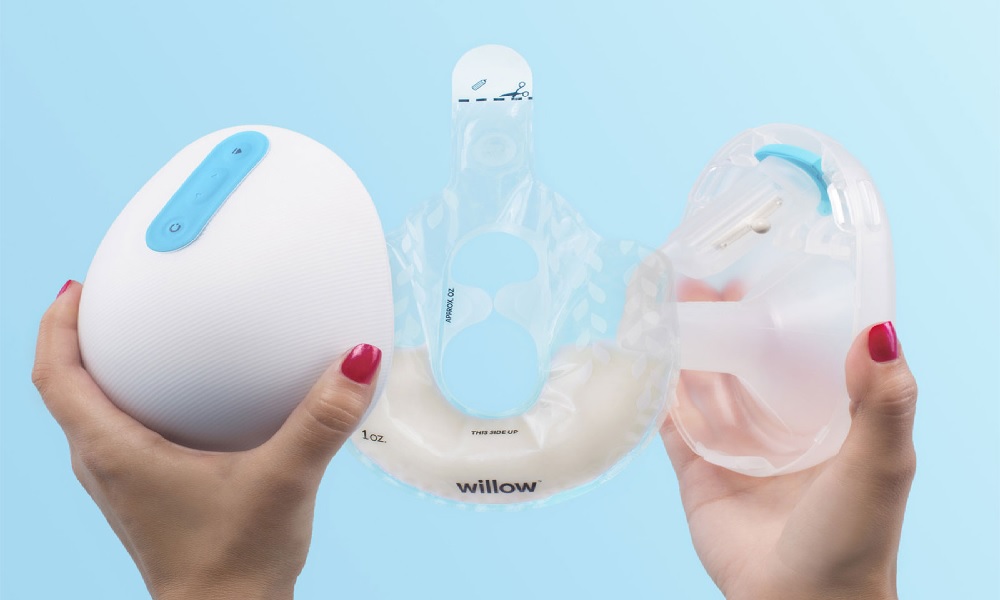Breast pumps are classified into two types: electric and manual. And within those categories, there are a variety of pumps to pick from.
While each pump will have its own unique selling points, the core stages will be the same. When utilising a pump for the first time, it’s a good idea to always read the instruction booklet so you can recognise any distinctive characteristics.
Continue reading to discover the fundamentals of utilising electric and manual breast pumps.
How to utilise an electric pump.
Whether you are using a regular-sized or a mini breast pump, ensure all parts are clean and sterilised. Read the handbook to become acquainted with the procedure.
When you’re ready to pump, look for a quiet location with an outlet, if necessary. Batteries may power some electric pumps.
Then take the following general actions:
- To ensure that your hands are clean, wash them.
- Put together the breast shield, milk container, tubing, and breast pump.
- Place the breast shield on top of your breast. It should be comfortable and well-fitting. The tube should be 3 to 4 millimetres wider in diameter than your nipple. To achieve a good seal, centre it and gently push it.
- Consider your infant to activate the let-down reflex. Turn on the pump at a low intensity. You can raise the intensity gradually as long as it is not uncomfortable. Continue to adjust until milk begins to flow.
- Clean the breast shield and any other parts that touch with breast milk after each usage. Cleaning instructions for each breast pump are included in the handbook. Pay close attention to these.
Does a faster pace allow you to pump more?
A breast pump with a higher or quicker speed may help you produce more milk faster. However, remember that other aspects, such as your milk supply level and comfort, are equally crucial.
It may take some time for your body to replenish its milk supply. A lactation consultant can help you if you are unsure about the settings on your breast pump.
How to operate a manual or hand pump.
Before using your breast pump, ensure all parts are clean and sterilised. Read the handbook to become acquainted with the procedure. Look for a quiet location to pump. Then take the following general actions:
- To ensure that your hands are clean, wash them.
- Begin hand expressing by gently massaging each breast in a pumping motion, squeezing and drawing the breast out and then releasing it as it returns to its original position.
- After stimulating your breasts, place one nipple within the pump’s flange and flat against your breast.
- Begin by gently pumping the pump handle in a rhythmical, smooth motion that mimics your baby’s sucking cycles.
- Steps 3 and 4 should be repeated on the opposite breast. Move between the breasts as many times as necessary to encourage milk flow.
- Finish by expressing by hand.
How to select a breast pump.
You should select a breast pump that is appropriate for your requirements. A twin electric breast pump is a sensible purchase if you solely pump or will be gone from your infant for eight or more hours each day. If you intend to pump occasionally, a manual or single pump may suffice.
Take into account the brand and model of the breast pump as well. Some are heavier or larger to transport than others. An outlet powers some electric pumps, while batteries power others.




